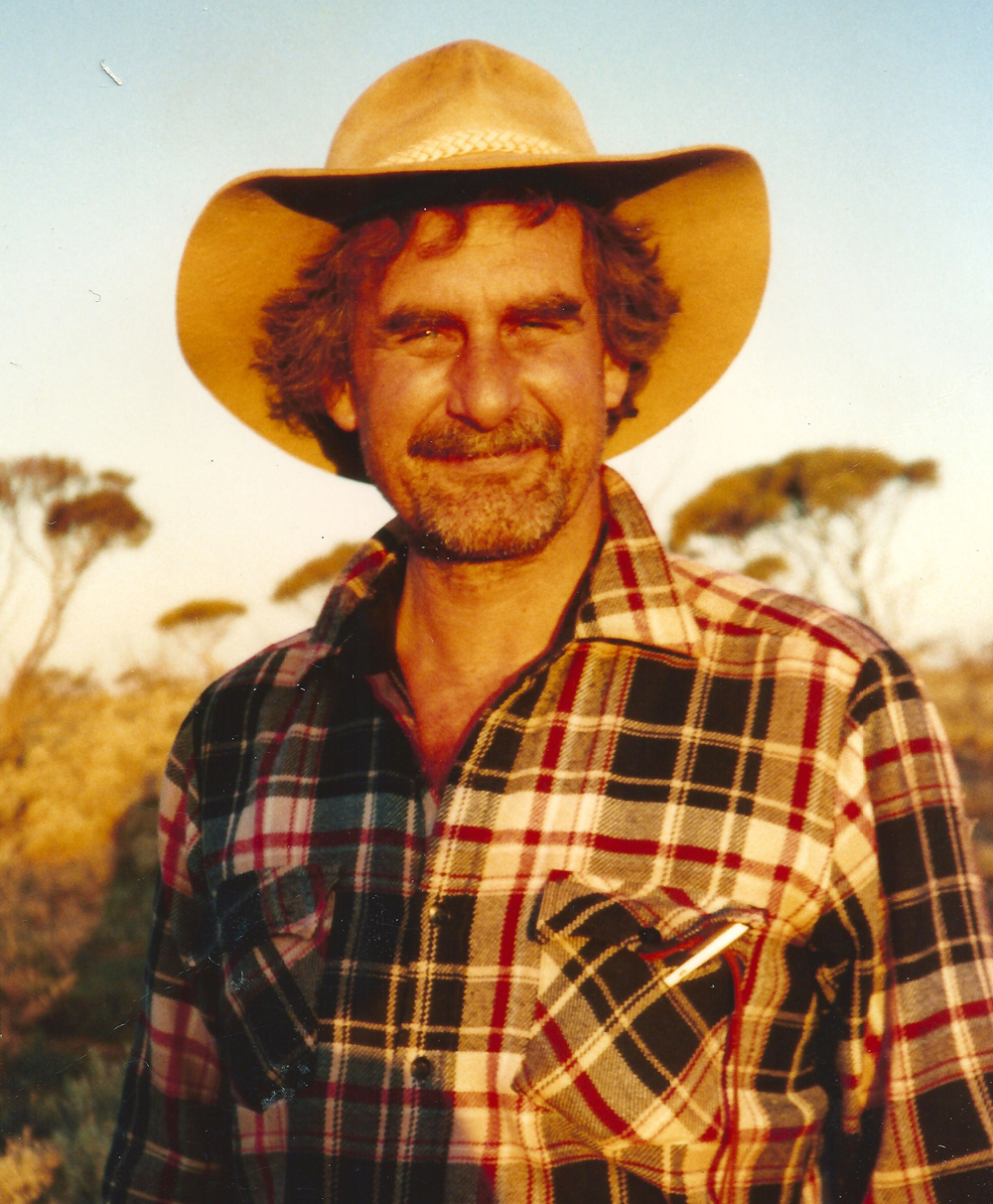
Alex Bevan, former Curator of Minerals and Meteorites and Head of Earth and Planetary Sciences at the Western Australian Museum in Perth, Western Australia, died in February this year at the age of 69 from throat cancer.
Born and brought up in a village near Bridgend in South Wales, he went to University College, London and obtained his Geology Honours degree in 1972. He first worked in the library of the Geological Society of London in Burlington House on the Strand, then took up a position in 1973 as Assistant Scientific Officer in the Meteorite Section of what is now the Natural History Museum, in South Kensington. After some years there, and promotion, he began a part-time PhD on the Metallurgy of Meteorites as part of a joint University of London/Government Laboratories scheme. The work involved periods of research at Manchester University at the Institute of Science and Technology, and at Lehigh University in Pennsylvania in the USA, and was completed in 1985. It was at the Natural History Museum that he met Jenny, a close colleague in the Department of Mineralogy: they married in 1974 and continued to work together, publishing several joint papers.
Alex was sent to Western Australia in 1984 to evaluate the meteorite collection of the WA Museum. Astoundingly, while he was there a spectacular meteorite fall occurred, and a fresh piece was recovered from a beach just to the south of Perth. Alex stepped in to assist with the coverage and follow-up of this exciting event as there was no local meteorite expert, and the WA Government recognised the need for a Curator of Rocks, Minerals and Meteorites at the WA Museum. Alex volunteered for the role and, a year later he arrived back in Perth with his wife and two babies to begin his 32 years and 5 months of service at the WA Museum.
At the WA Museum he was responsible for the Mineral, Rock and Meteorite Collections, including research programmes associated with them. He resurrected the museum's mineral collection from inadequate storage in 76 old ammunition boxes and in 1994 brought to the museum the former collection of the famous WA mineralogist Edward Simpson. He also established an important programme (WAMET) of meteorite recovery from the Nullarbor Region. Over the years he ran at least 14 major field trips connected with meteorites, mostly involving the collecting of meteorites and tektites on the Nullarbor with international scientists. The new material has expanded knowledge of early Solar System materials, and opened up new lines of research, including the innovative use of ancient stony meteorite falls to interpret past climatic change through weathering studies.
An extension of this work was the establishment, with others, of the Desert Fireball Network: a network of cameras able to record meteorite falls photographically and pinpoint their locations for possible later recovery. This became the seed for a growing planetary science group at Perth's Curtin University, which now has 50 staff and student scientists – the largest group of its kind in the Southern Hemisphere. It is a key part of Alex's legacy.
He was also joint organiser of conferences and symposia, including, in 1990, the first Meteoritical Society Meeting to be held outside of the USA and Europe. This was highly successful and included a pre-conference field trip to many of Australia's important meteorite craters. His work for the Royal Society of Western Australia, especially during the time he was President, resulted in a higher profile for the Society and a number of very successful research colloquia. He contributed to many other scientific groups and naturally was heavily involved in developing displays for the Western Australian Museum.
One of the highlights of his time at the WA Museum was the opening in 1999 of an integrated Earth and Planetary Sciences gallery called Diamonds to Dinosaurs. This highly popular and long-lived gallery that showcased the extensive mineral, meteorite and fossil collections of the WA Museum, was designed and created by Alex and his colleagues in collaboration with the museum's Exhibition and Design team.
He enjoyed an international reputation for his work on meteoritics, mineralogy and metallurgy, and was admired and well regarded by those who worked with him. He was an interesting and engaging speaker and skilled at organisation. In addition to his scientific contributions, a significant aspect of his work was in public education. Alex made regular appearances on WA Museum programmes, TV and radio, and wrote a number of books popularising the field. During his career he published around 140 scientific papers and several books, including the popular science work Meteorites: A Journey Through Space and Time. He continued to write papers, complete reports and mentor students throughout his retirement, despite his poor health.
After retiring he discovered an aptitude for lawn bowls and rediscovered his talent as an artist, his favoured media being watercolours and oil pastels, and many friends and family now treasure the paintings he gave them. Alex is survived by his three children – Sarah, Tom and Matthew – his wife Jenny, and grandchildren Lincoln, Harlie, Hudson and Han.


